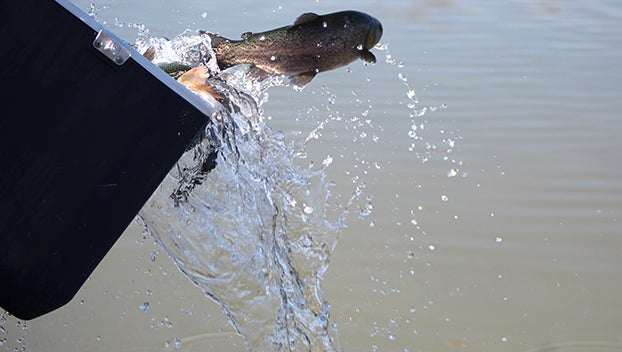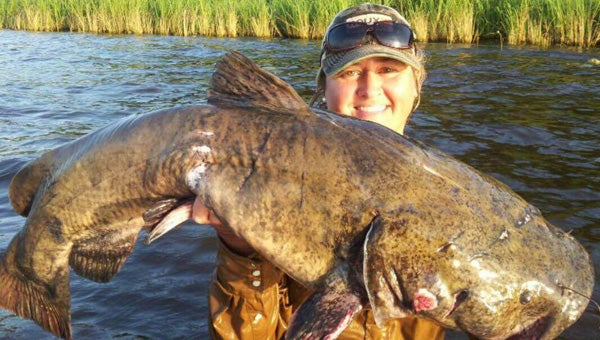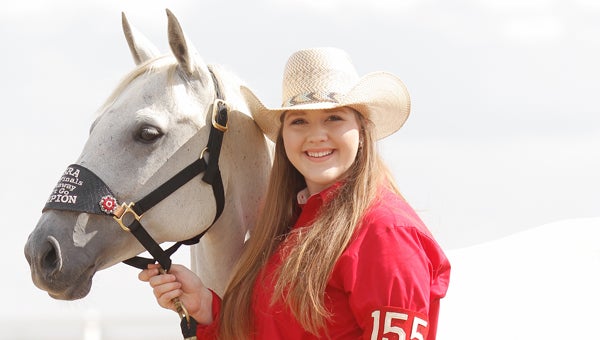Miss. River levels on a slow fall
Published 12:01 am Sunday, August 25, 2013
The depressing August fishing reports picked up a bit this past week. August is always an extremely tough month to catch fish in this area if we have no rain, clouds or wind.
A recent rise on the Mississippi River added some much needed, cooler, fresh river water to the live oxbow lakes; the Old Rivers. Reports on catches of some nice chinquapin and bluegill began to circulate this past Thursday and Friday.
By early August, the Mississippi River stage at Natchez had dropped to a low level of about 22 feet with a very high surface water temperature.
A lot of rain fell in the central Mississippi River valley that sent a much needed rise down river. We certainly needed that water. The rise stopped at 33 feet on the Natchez gauge. We were on a slow fall until today. A slow fall keeps the fish oriented to cover. Some of the cover is visible from the surface, and some of the cover is only visible on your sonar unit.
The bream were caught from the outside, flooded green willows in 8 to 10 feet of water. The people that caught the fish said they kept their bait just inches off the bottom. If you go too shallow, you will catch the bream, but they are usually smaller than the fish holding in deeper water.
Today, the forecast predicts a river level of about 31.1 feet. That will still leave enough water around the green willows to catch fish. The old dead stumps and willow logs will not be visible from the surface until we see a level below 28 feet. That level is coming soon.
If the forecast holds up, we should see a river stage on Monday of 29.8 feet, Tuesday 28.3 feet and Wednesday a level of 27.1 feet at Natchez and Vidalia.
If the predictions are correct, the fall should slow down on Thursday. I have yet to hear a decent report from the white perch fishermen and ladies, but that does not mean the perch are not biting.
Most veteran white perch fishermen are a very quiet group when they are catching and, of course, I am the last person you want to tell where and how you are catching fish if you don’t want others to know.
I like to share information, promote fishing and help people have a good time on the water. Most of everyone does, but you do have some that don’t talk much when their catching yet ask a lot of questions when they are fishing and not catching.
On the last fall, the white perch were a bit difficult to locate. Some good friends found the perch when the river stage was around 27 feet down to about 24 feet. Those perch were suspended 12 feet down over deeper water.
Of course, you really need a good sonar unit to find the suspended white perch. If you see the shad bunched up real tight on your sonar which will look like a ball, something is feeding on those shad. If the shad are scattered that usually means nothing is feeding on them.
Keep a close watch on your sonar unit for vertical lines that are not connected to the bottom of the lake.
For whatever reason, white perch stack on top of each other when bunched up, and that’s why you see all those vertical lines offshore on the Old Rivers.
A near vertical line moving almost diagonally across your sonar screen is usually a big gar. The gar will move a lot. They will be deep and move toward the surface in a diagonal direction creating the readings described.
As far as largemouth bass and sonar, we more or less look for cover and not actually fish signals. Bass tend to be structure oriented.
When fish are holding so tight to underwater cover, it is very difficult to see individual fish on sonar.
I use buoy markers a lot on the Old Rivers. Locate a brush pile and drop a marker off to the side and move on and locate a few more. Then turn around and fish those brush piles.
Sometimes you will catch, and sometimes you will just fish.




